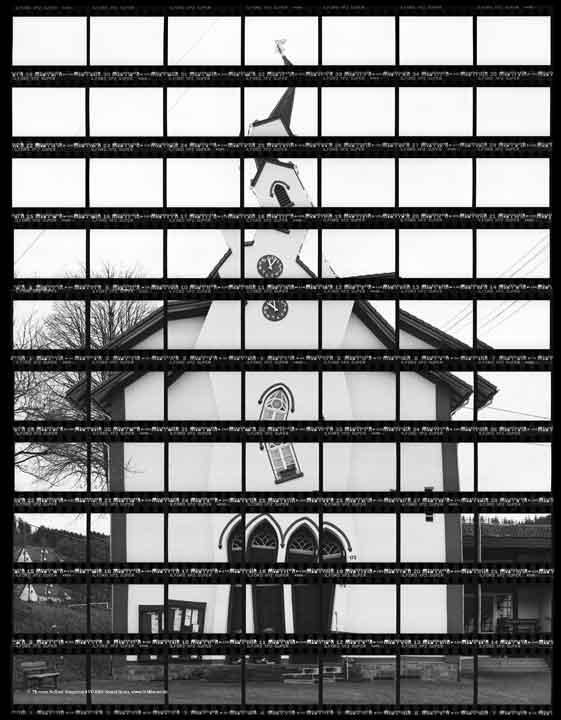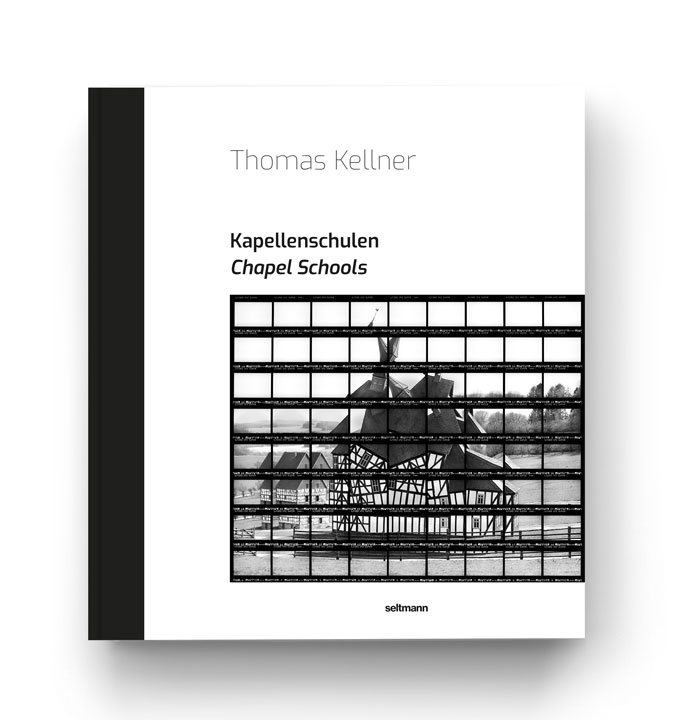Chapel school Helberhausen
Today’s Helberhausen chapel school was preceded by two previous chapels in the village. The first one was built in 1571 and was reconstructed from 1767 to 1769. The chapel that is still in existence today was built in 1863 and, unlike most other chapel schools, has some elements that are strongly reminiscent of a church building. The pointed arch windows and doors along with the integrated decorative elements are particularly remarkable. Typically, this is not found in most chapel schools. The projecting avant-corps from the facade and the positioning of the bell tower are also rather unusual. By contrast, the simple, segmented windows characteristic of chapel schools are found at the back of the building.
The former chapel school was in school use until 1906. The upper floor still houses the teachers quarters of that time. Since 2019, the Helberhausen chapel school association has existed, which aims to turn the chapel into a meeting place and to provide space for cultural and interpersonal exchange.
Helberhausen in: The Chapel Schools' Book
Chapel schools form a solitary architectural type for the Siegerland and its neighboring regions.
As stand-alone buildings and conspicuous in their surroundings, like the one in Helberhausen, they reveal the connection between religion and school education starting from the domain of Count William I of Nassau-Katzenelnbogen (1487-1559) and his son John VI of Nassau, Katzenelnbogen and Dietz (1536-1606). The hybrid used buildings existed until the end of the 19th century and in parts even until the 20th century.
Chapel Schools a solitary architectural type
The Siegen fine art photographer Thomas Kellner recognized the historical and cultural value of these buildings and set himself the task of preserving and recalling this typical regional cultural asset through a new medium. By means of photography he transfers the chapel schools into an artistic context and gives the historical topic a new dimension in the present (art).
Just as the chapel schools united in themselves two spheres of life, this publication also conveys different contemporary perspectives on the history and genesis of the chapel schools. While Kellner tries to rethink the type of building, which oscillates between profane and sacred, with his artistic realization, Chiara Manon Bohn, Isabell Eberling M. Sc. Dr. Andrea Gnam and Dr. Stefanie Siedek-Strunk provide an insight into the historical, architectural and religious classification of the chapel schools up to the pictures of Thomas Kellner in text contributions.











